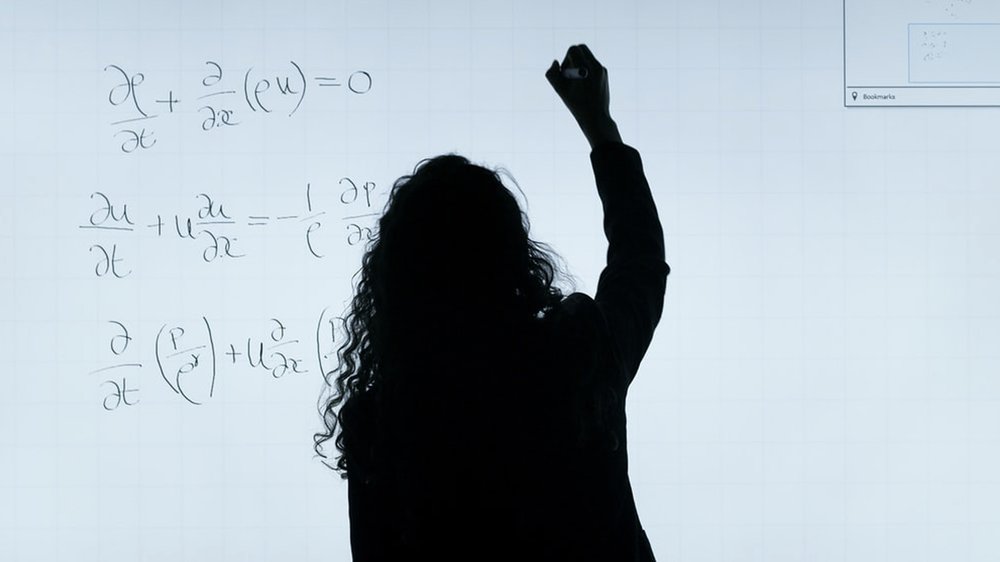Every time I read about yet another school system eliminating support for “gifted” students, I have the same sad thought: “Bad for kids, good for business.”
While this trend of eliminating gifted programs has been getting a lot of attention recently, it’s been going on for years. During this time, our business, Art of Problem Solving, expanded from two online classes and two dozen students in 2003 to multiple in-person and online programs, which today reach tens of thousands of outstanding students. Through our books, learning centers, online schools, and online learning systems, we’ve been a large part of a growing trend in the United States: the privatization of gifted education.
And it’s working. For all the talk about the U.S. doing poorly on the PISA tests and our stagnating NAEP results, the U.S. has won first place in the International Math Olympiad four of the last seven years after getting shut out the past twenty years. The members of those winning teams were all Art of Problem Solving students, and many also trained with other specialized programs for high-performing math students.
Eliminating gifted programs will not slow these Olympiad-level students down, nor will it slow down the many students whose parents invest thousands, or tens of thousands, of dollars each year to provide them with summer programs, online courses, travel sports team participation, personalized music lessons, and more. But it will slow down those who can’t access those opportunities or can’t afford to pay.
For those worried about what the world might look like when there are no more gifted programs, I’m reminded of William Gibson’s comment, “The future is here — it’s just not very evenly distributed.” Eliminating gifted programs will only block high-potential students from accessing opportunities designed to help them reach that high potential. Removing gifted programs ensures the future will be even less evenly distributed.
Gifted programs are often eliminated as part of an effort to get rid of academic tracking in general, thereby ending the practice of tagging students in the “low” tracks with a label — and possibly even an identity — that stigmatizes them as lacking in academic potential. While schools should absolutely cut off tracks to dead ends, we should do so without eliminating pathways that successfully prepare and empower students to take on greater challenges. We don’t solve the problem of improving physical education for the least fit by eliminating our basketball teams for star athletes; we shouldn’t solve the problem of improving education to most struggling students by eliminating advanced programs for the strongest students.
Instead of pushing high-potential students outside schools to find resources that allow them to reach their potential, we should find more ways to bring those resources into schools, as well as more avenues to identify and prepare students for the opportunities those resources offer. Just as the top players in the NBA and WNBA were almost all top players on their middle and high school teams, so too will the top scientific, medical, and technological innovators of the next generation be largely drawn from the high-flyers in advanced classrooms.
A well-designed educational system should have two goals: broad literacy for all students across a core set of subjects, and pathways to deep expertise in individual topics for students with great interest and potential. Most of the incentives and structures of our current system address only the literacy goal. However, solving the most pressing problems of the next generation requires investment in developing expertise — and not just investment in those students whose parents choose to pay for it.
About the author
Richard Rusczyk is the founder of the Art of Problem Solving website and co-writer with Sandor Lehoczky of the original Art of Problem Solving books. He is also a co-founder with Sandor Lehoczky and Sam Vandervelde of the Mandlebrot Competition, and is a past Director of the USA Mathematical Talent Search. He was a participant in National MATHCOUNTS, a three-time participant in the Math Olympiad Summer Program, and a USA Mathematical Olympiad winner (1989). He received the World Federation of National Mathematics Competitions Paul Erdös Award in 2014, and founded the Art of Problem Solving Initiative, a non-profit that runs the Bridge to Enter Advanced Mathematics program for high-potential students from underserved communities in New York City and Los Angeles. He graduated from Princeton University in 1993, and worked as a bond trader for D.E. Shaw & Company for four years.











